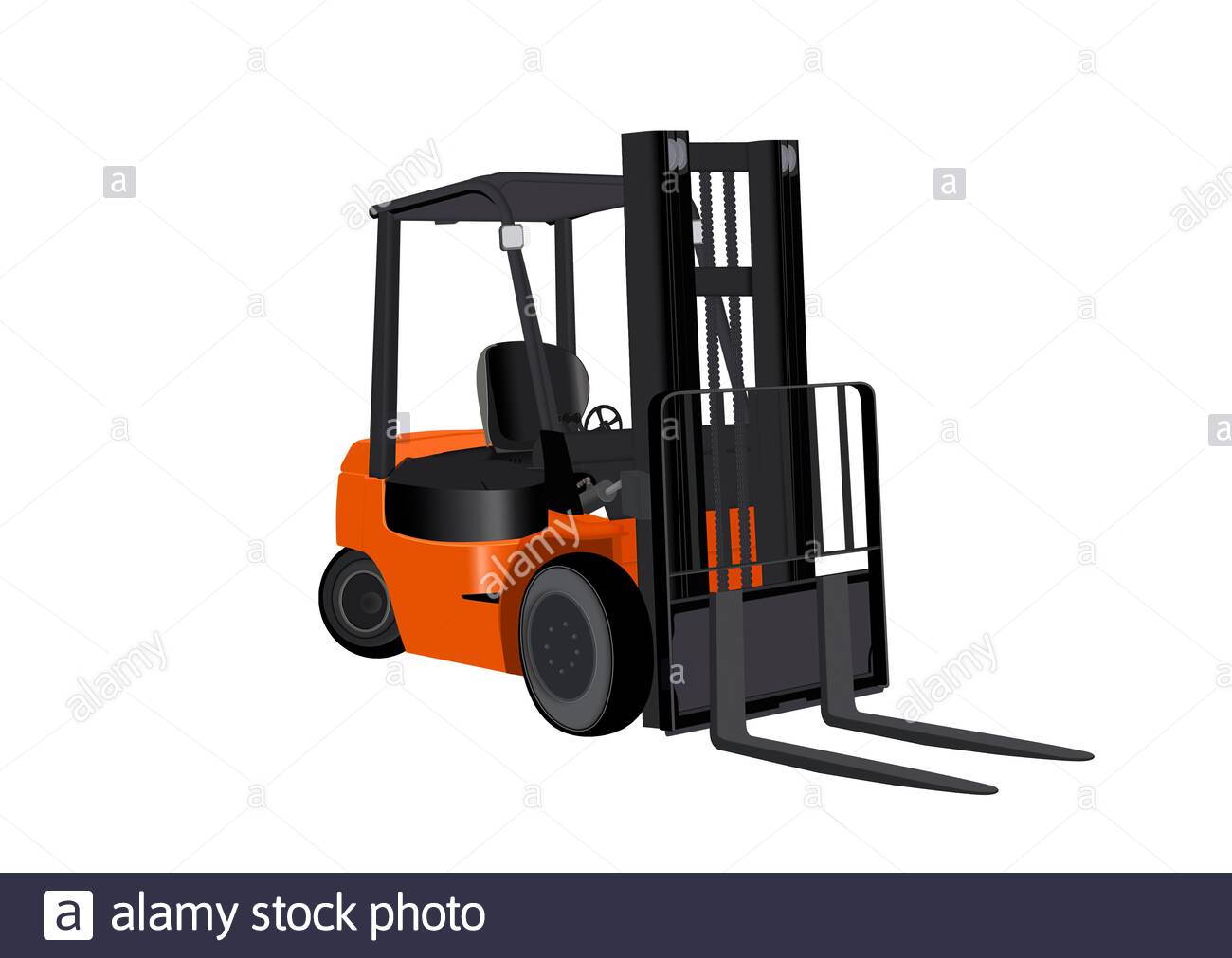Linemen operating mechanical equipment have the potential for numerous hazards, and to protect workers, the Occupational Safety & Health Administration (OSHA) has established standards that govern the use of equipment such as lifts, cranes, derricks, industrial tractors, loaders, and forklifts.
At Sam's Mechanical Service LLC, we make it easier than ever to get the forklifts and heavy equipment you need to increase productivity, save valuable time, or handle specialized projects with ease. Our experts come to you, whether you need new or used forklifts, forklift rentals, or timely repair and maintenance services for your existing fleet.
Everest Electrical Mech & Industrial Equipment Tr LLC is one of the leading companies in the UAE market therefore they are specialist in the trading of electrical and mechanical equipment. Everest RKD is a prime supplier of gearbox similarly induction motors, Pumps & VFD Drives. Forklift is a small industrial vehicle, having a power operated forked platform attached at the front that can be raised and lowered for insertion under a cargo to lift or move it. Forklifts serve the needs of various industries including warehouses and other large storage facilities. Forklifts are powered by electric battery or combustion engines. GNS Mechanical are an established forklift repairer based in the Rockingham area since 1997. We offer onsite and workshop based service and repair to a wide range of forklifts and materials handling equipment focusing on the Perth southern corridor. We are also able to assist if required with parts, second hand machine sales and long or short term machine hire. Eugene Bradley Clark invented the first internal combustion engine forklift in 1917 and Clark Forklifts have been amongst the leading providers of forklifts worldwide. We are proud to have been the North West’s appointed Clark dealer since 2005.
There are various types of vehicles and devices that electric utility workers use. Let’s run through and identify a few of these machines.
Types of Mechanical Equipment
Elevating and Rotating Equipment
This type of equipment includes vehicles that elevate and rotate, such as articulating and elevator type aerial lifts, as well as knuckle booms and digger derricks, or line trucks when used to dig holes and set poles and related equipment.
Cranes
Cranes lift, lower, and horizontally suspend a load.
Rubber Tire and Track Drive
These types of vehicles move earth and are agricultural or industrial scrapers, front-end loaders, and dozers. The electrical industry uses them in the construction of substations and for clearing right-of-ways for power lines.
Forklifts
All-terrain forklifts are the type most frequently used by utilities. These are heavy forklifts with large all-terrain tires, designed to operate outdoors over rough surfaces and terrains.
Using Outriggers
Many electrical industry vehicles are equipped with outriggers. These are extendable legs that provide additional stability for the unit. If you’re operating a vehicle that has outriggers, always use them—the additional stability they provide is really essential for safe operation on uneven planes in outdoor environments. If necessary, supplement outrigger pads with wood cribbing or heavy hardwood beams to accommodate sloping ground. When inspecting pads after installation, keep this rule in mind: if the pads sink, then they’re not wide enough, and if the pads bend, they are not thick enough.
Every lift—manual or using equipment—requires a planned approach that involves a careful calibration of the weight and balance of the load and the stability and capacity of the lifting mechanism.
Examples of mechanical equipment requiring rollover protection:
Rubber-tired, self-propelled scrapers
Rubber-tired, front-end loaders and dozers
Agricultural and industrial tractors
Track-drive tractors and loaders
Motor graders with or without attachments
OSHA’s Powered Industrial Truck Standard
Forklifts come under OSHA’s Powered Industrial Truck Standard. The standard requires employers to train and certify forklift operators on the specific type of forklift they will operate, evaluate the operator’s performance, and certify that the operator has received formal instruction and practical training

Training includes:
Equipment inspection
Familiarity with controls
Stability of forklift during operation
Securing a load
Balance and rules of operation
Forklift Types Guide


Who Is Responsible
The controlling entity has the responsibility to ensure that ground preparations meet OSHA standard, and to inform the equipment operator of the location of hazards under the set-up area. If there is no controlling entity—for example, a utility right of way—the crew supervisors and the crane operator have the responsibility for the ground stability assessment.
How To Protect Workers
Toyota Forklift Mechanical Fuel Pump
A qualified person should be in charge of ensuring that employees observe and use the appropriate protective measures.
Employees should use equipment grounding, equipotential zones, insulating equipment, and restricted work areas.
Linemen require training, so that they understand the methods and protection, and realize that each one has boundaries of effectiveness.

